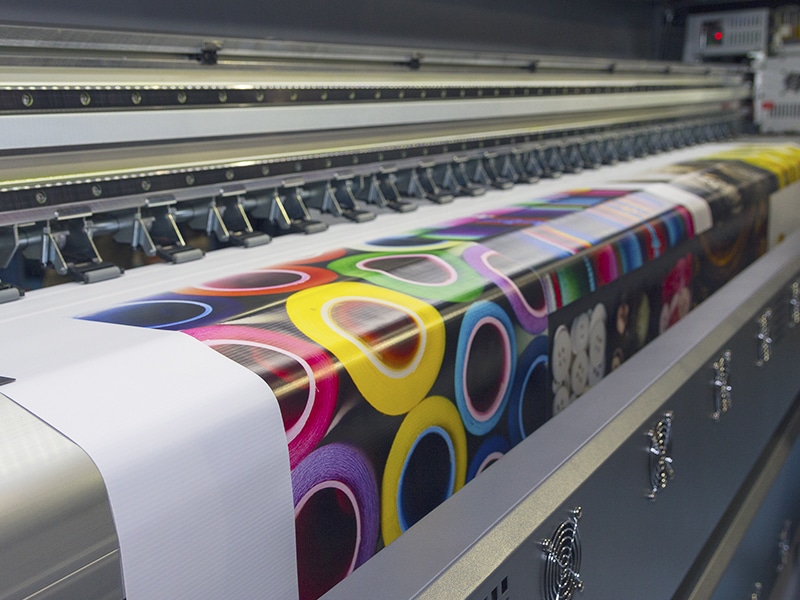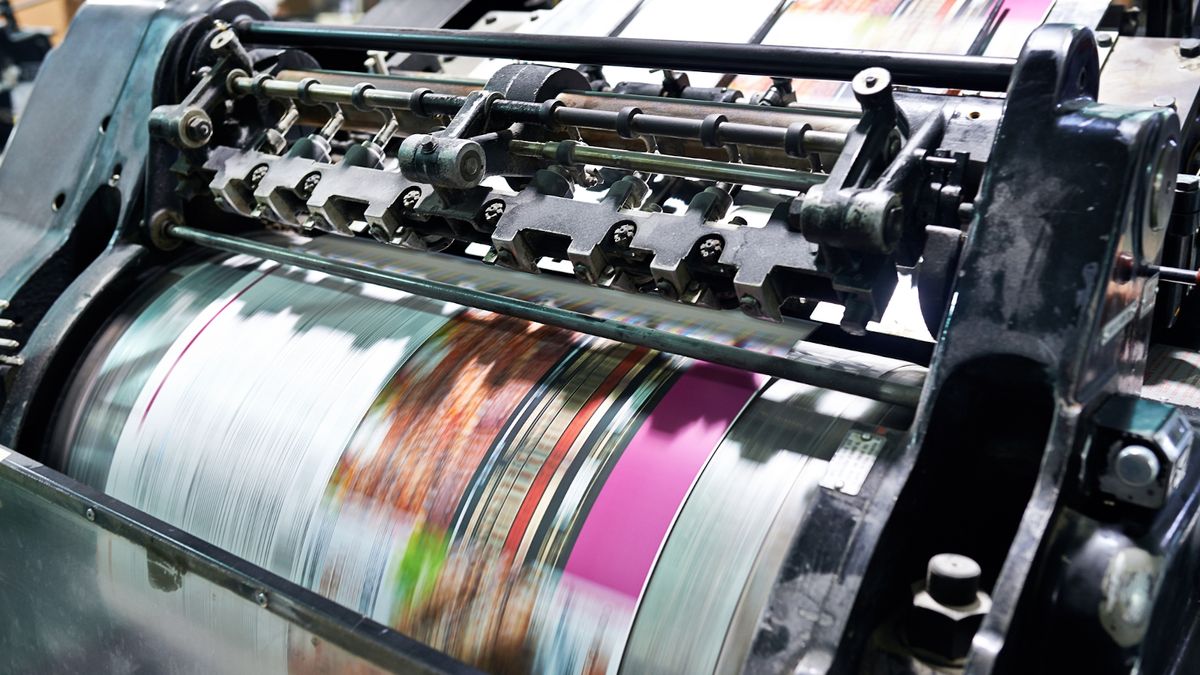When it comes to printing, many business professionals often find themselves weighing the options between offset printing and web printing. Both methods have unique advantages and can be suitable for different projects. Understanding these differences is crucial to making an informed decision that aligns with your business needs.
In this article, we will delve into the intricacies of offset printing vs web printing, exploring their key differences, benefits, and potential applications.

What is Offset Printing?
Offset printing is a popular printing technique where the inked image is transferred (or ‘offset’) from a plate to a rubber blanket, then to the printing surface. It is commonly used for high-volume commercial printing due to its excellent image quality and cost-effectiveness for large-scale jobs.
What is Web Printing?
Web printing, on the other hand, involves feeding a continuous roll of paper through the printing press. This method is ideal for high-speed production and is often used for newspapers, magazines, and other large-scale print runs.
Key Differences Between Offset and Web Printing
1. Printing Process
The main difference lies in the printing process itself. Offset printing uses individual sheets of paper, while web printing uses a continuous roll. This fundamental distinction influences the speed and efficiency of each method.
2. Print Quality
While both methods offer high-quality prints, offset printing is often preferred for projects requiring intricate details and vibrant colors. Web printing is typically used for quick, large-volume runs where quality is still important but not the primary focus.
3. Cost Considerations
For small to medium print runs, offset printing may be more cost-effective. However, for larger volumes, web printing can significantly reduce costs due to its continuous feed process.
4. Speed and Efficiency
Web printing generally offers faster production speeds, making it ideal for time-sensitive projects. Offset printing, while slightly slower, provides superior quality, which is critical for specific applications.
Applications of Offset Printing
Offset printing is widely used for a variety of applications, including:
- High-quality brochures and flyers
- Photography books (see Photography Books)
- Marketing materials
- Product catalogs (see Product Catalogs)

Applications of Web Printing
Web printing is often chosen for:
- Newspapers
- Magazines
- Large-scale direct mail campaigns
Choosing the Right Method for Your Needs
The choice between offset printing and web printing depends on your specific project requirements. Consider factors such as volume, budget, quality, and turnaround time.
1. Volume
If you’re dealing with high volumes, web printing might be more suitable. For smaller quantities, offset printing may offer better cost efficiency and quality.
2. Budget
Your budget will also play a significant role. While offset printing may have higher initial costs, it can be more economical for smaller runs compared to web printing.
3. Quality
If achieving the highest possible print quality is a priority, offset printing is likely the better choice.
4. Turnaround Time
For projects with tight deadlines, the speed of web printing can be advantageous.
Conclusion
In conclusion, both offset printing and web printing have their place in the world of professional printing. By understanding their differences and evaluating your specific needs, you can make an informed decision that best serves your business.
FAQ
1. Which printing method is more cost-effective for large volumes?
Web printing is generally more cost-effective for large volumes due to its continuous feed process.
2. Can offset printing produce high-quality images?
Yes, offset printing is known for producing high-quality images with excellent detail and color vibrancy.
3. Is web printing suitable for small print runs?
While technically possible, web printing is not typically used for small print runs due to its setup and material costs.
For more information on printing solutions, you can visit BR Printers.
This article contains affiliate links. We may earn a commission at no extra cost to you.







